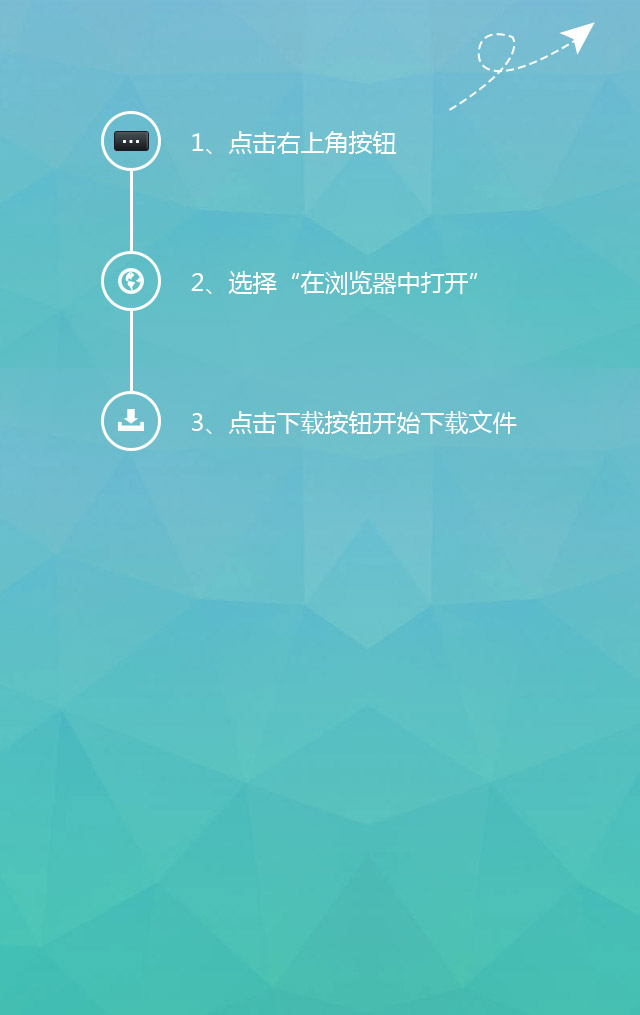Understand the causes and manifestations of packaging defects and failures in PCBA processing
Electronic equipment is a very complex system, and the defects and failures of its packaging process are also very complex. Therefore, the study of packaging defects and failures requires a systematic understanding of the packaging process, so that the causes of defects can be analyzed from multiple perspectives.
1. Research methods for packaging defects and failures
The failure mechanisms of packages can be divided into two categories: overstress and wear. Overstress failures are often instantaneous and catastrophic; wear failures are long-term cumulative damage, often first marked by functional degradation, followed by equipment failure. The types of loads that fail can be classified into mechanical, thermal, electrical, radiation, and chemical loads.
There are various factors that affect packaging defects and failures, such as material composition and characteristics, packaging design, environmental conditions, and process parameters. Identify the influencing factors and the basic prerequisites to prepare for package defects and failures. Influencing factors can be confirmed through experiments or simulation methods, usually using physical model method and numerical parameter method. For more complex defects and failure mechanisms, the trial and error method is often used to determine the key influencing factors, but this method requires a long test time and equipment modification, which is inefficient and expensive.
In the process of analyzing the failure mechanism, it is a common method in the industry to use the fishbone diagram (cause and effect diagram) to display the influencing factors. Fishbone diagrams can clarify the causes of confusion and the relationship between influencing factors and packaging defects, and can also distinguish and categorize multiple causes. In production and application, there is a type of fishbone diagram called 6Ms: analyzing influencing factors from six dimensions of machinery, method, material, measurement, manpower and natural force.
2. Type of load causing failure
Packaged load types can be classified into mechanical, thermal, electrical, radiation and chemical loads.
Classification of Failure Mechanisms
Mechanical loads: including physical shock, vibration, stress exerted by filler particles on the silicon chip (such as shortening stress), and inertial forces (such as the tremendous acceleration of the spacecraft), etc. Material responses to these loads may manifest as elastic deformation, plastic deformation, warping, brittle or flexible cracking, interfacial delamination, fatigue crack initiation and propagation, creep, and creep cracking, among others.
Thermal loads: including high temperatures during die-bond curing, preheating prior to wire bonding, molding processes, post-curing, reprocessing of adjacent components, dip soldering, vapor phase soldering, and reflow soldering, among others. The external thermal load will cause the material to change in size due to thermal expansion, and will also change the physical characteristics such as creep rate. For example, the thermal expansion coefficient mismatch (CTE mismatch) will cause partial stress, and eventually lead to the failure of the packaging structure. Excessive thermal loads may even cause combustion of flammable materials within the device.
Electric load: including sudden electric shock, voltage instability or sudden oscillation during current transmission (such as poor grounding) caused by electric fluctuations, electrostatic discharges, over-electrical stress, etc. These external electrical loads may cause dielectric breakdown, voltage surface breakdown, thermal loss of electrical energy or electrical migration. It may also increase electrolytic corrosion, dendrite growth, cause leakage current, thermally induced degradation, etc.
Chemical load: including corrosion, oxidation, and dendrite growth on the surface of ions caused by the chemical application environment. Since moisture can penetrate through the molding compound, moisture is the primary problem affecting plastic packaging equipment in a humid environment. The moisture absorbed by the molding compound can extract the catalyst residue in the plastic packaging material, and form by-products that enter the metal base, semiconductor material and various interfaces where the chip is bonded, causing the performance degradation or even failure of the device.
For example, the flux remaining on the device after assembly will be transferred to the surface of the chip through the molding compound. In high-frequency circuits, slight changes in dielectric properties (such as changes in dielectric constant after moisture absorption, dissipation factor, etc.) are critical. In devices such as high-voltage converters, changes in the breakdown voltage of the package are critical. In addition, some epoxy polyamides and polyurethanes can cause degradation (sometimes called "reversion") when exposed to high temperature and high humidity for a long time. Accelerated tests are usually used to determine whether the molding compound is prone to such failure.
It should be noted that when different types of loads are applied, various failure mechanisms may interact together on the molded device. For example, thermal loads can create thermal expansion coefficient mismatches between adjacent materials within the package structure, which can lead to mechanical failure. Other interactions include stress-assisted corrosion, stress-corrosion cracking, field-induced metal migration, cracks in passivation and electrolyte layers, package cracking due to moisture and heat, and accelerated chemical reactions due to temperature, among others. In these cases, the inductive effect of the failure mechanism does not necessarily equal the sum of the individual effects.
3. Classification of packaging defects
Packaging defects mainly include lead deformation, base offset, warpage, chip breakage, delamination, voids, uneven packaging, burrs, foreign particles, and incomplete curing.
3.1 Lead deformation
Lead deformation usually refers to the displacement or deformation of the lead caused by the movement of the molding compound, and is usually indicated by the ratio x/L between the maximum lateral displacement x of the lead and the length L of the lead. Bending leads may cause electrical shorts (especially in high-density I/O device packages). Sometimes, the stress from the bending can cause the bond to crack or the bond to weaken.
Factors affecting wire bonding include package design, lead layout, lead material and size, molding compound characteristics, wire bonding process, and packaging process. Lead parameters that affect lead bending include lead diameter, lead length, lead cracking load, and lead density, among others.
3.2 Base offset
Pedestal shift refers to the deformation and deflection of the carrier (chip pad) that supports the chip.
Factors affecting base deflection include the mobility of the molding compound, the assembly design of the lead structure, and the material characteristics of the molding compound and lead structure. Packaging devices such as Thin Small Scale Package (TSOP) and Thin Quad Flat Pack (TQFP) are prone to base shift and lead deformation due to their thin lead structure.
3.3 Warpage
Warpage refers to the out-of-plane bending and deformation of packaged devices. Warpage caused by the molding process can lead to a series of reliability problems such as delamination and chip cracking.
Warpage can also cause a series of manufacturing problems. For example, in plastic encapsulated ball grid array (PBGA) equipment, warpage can cause poor coplanarity of solder balls, causing placement problems during reflow soldering of the equipment to the printed circuit board.
Warping modes include concave, convex and combined modes. In semiconductor companies, sometimes the concave is called a "smiley face" and the convex is called a "sad face".
Recommend
-

-

QQ Zone
-

Sina Weibo
-

Renren.com
-

Douban

